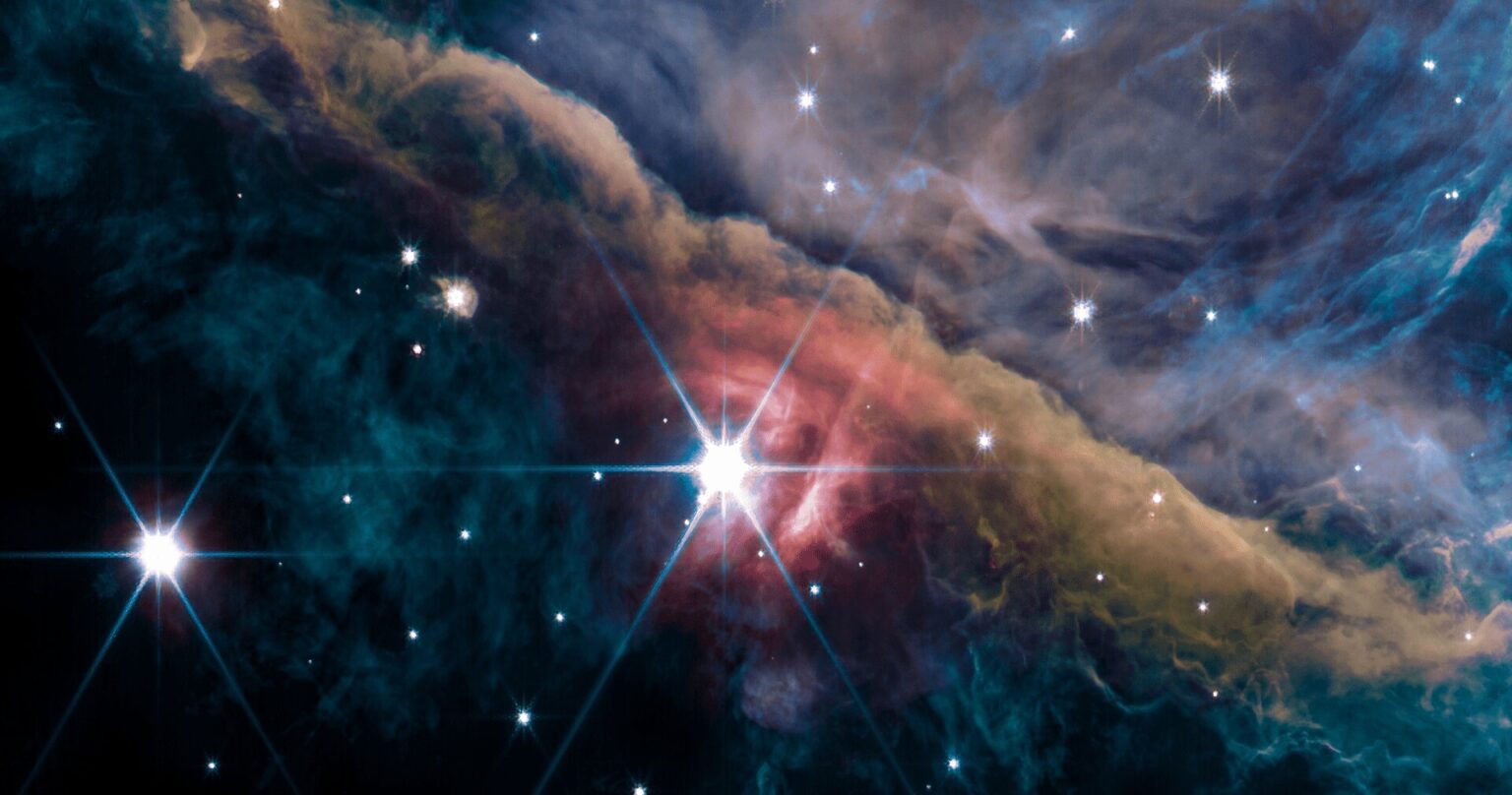Thanks to the James Webb Telescope, astronomers managed to find out that oceans of water are being destroyed in the Orion Nebula. This is a discovery that can shed light on the formation of our Solar System.

Multidisciplinary approach to research
An international team, which included Western astrophysicists Els Peeters and Jan Cami, discovered the destruction and re-formation of large amounts of water in a planet-forming disk located in the heart of the Orion Nebula. This discovery was made possible thanks to an original multidisciplinary approach combining observations from the James Webb Space Telescope and calculations in quantum physics.
“It is so impressive that in just a few pixels of observations, and focusing on a few of the lines, we can actually figure out that you have an entire ocean of water being evaporated every month,” said Peeters, one of the lead researchers and a lecturer at the Institute for Earth and Space Exploration at Western. “This discovery was based on a tiny fraction of our spectroscopic data. It is exciting that we have so much more data to mine and I can’t wait to see what else we can find.”
Mysterious processes in the protoplanetary disk
Water is an important component for the emergence of life in the modern understanding. On Earth, most of it was formed long before the birth of the Solar System, in the cold regions of interstellar space at a temperature of -250°C. However, some of this matter could have been destroyed and re-formed at higher temperatures (100-500°C), when the surrounding space was still just a disk of gas and dust orbiting our young Sun.
To understand this mysterious water recycling process, an international team of astronomers directed JWST at d203-506, a protoplanetary disk located in the Orion Nebula, a nursery of planetary systems. The intense ultraviolet radiation produced by massive stars leads to the destruction and transformation of water in d203-506, which makes it a real interstellar laboratory.
Where are the oceans of water disappearing to?
Collaboration with quantum dynamics experts from the Madrid Deep Space Communications Complex (Spain) and the Leiden Observatory (Netherlands) has become the key to understanding how the formation and destruction of molecules located more than 1,000 light-years away can be observed.
When water is destroyed by ultraviolet radiation, a hydroxyl molecule is released, which is accompanied by the emission of photons that pass all the way to the telescope. In general, it is estimated that entire oceans of water are destroyed in the d203-506 system every month.
But the story doesn’t end there. By a similar mechanism, the James Webb Telescope reveals that hydroxyl, a key intermediate in the formation of water, is also produced in large quantities from atomic oxygen. Scientists believe that some of the water that makes up Earth’s oceans could have gone through such a cycle.
According to phys.org
Follow us on Twitter to get the most interesting space news in time
https://twitter.comne/ust_magazine


